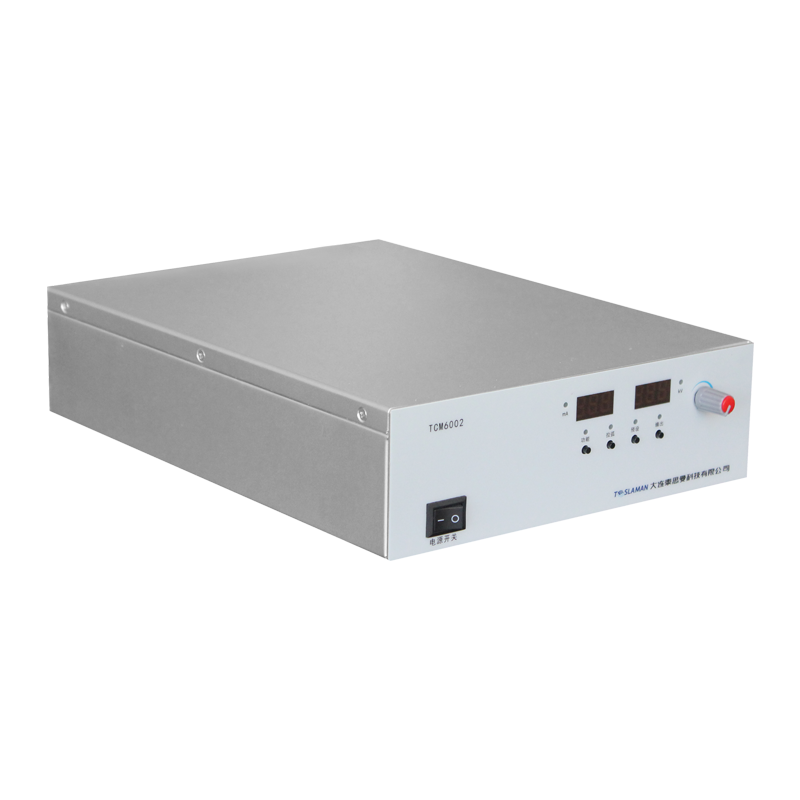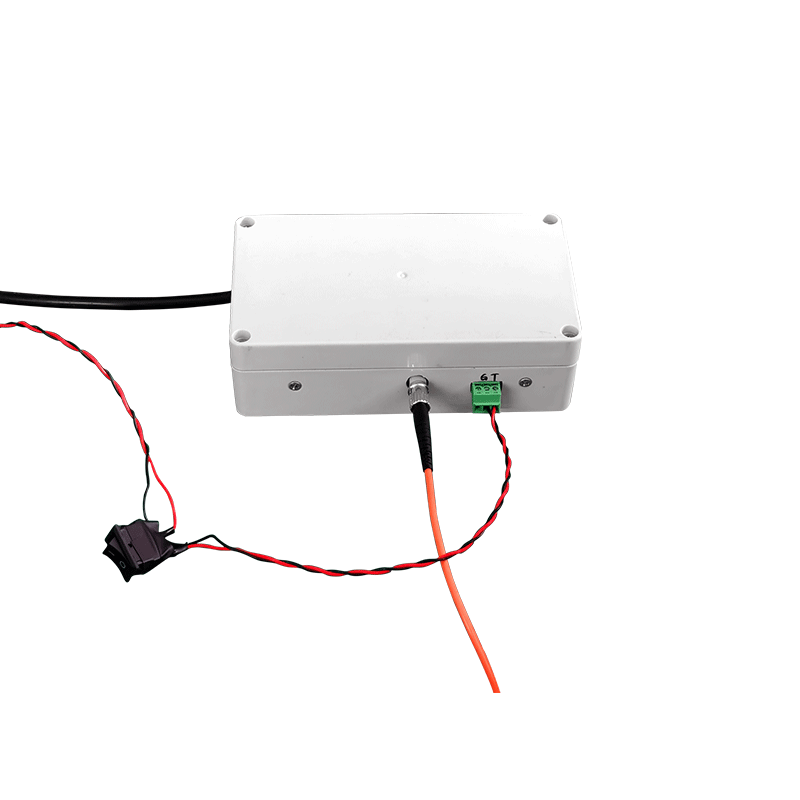Signal Enhancement Techniques for Non Destructive Testing High Voltage Power Supplies
In the field of non destructive testing, high voltage power supplies serve as key equipment, providing essential energy support for various testing methods, such as X ray testing and ultrasonic testing. However, the signals obtained during the testing process are often affected by various noise interferences, resulting in weak signals that are difficult to accurately analyze. This greatly impacts the accuracy and reliability of non destructive testing. Therefore, signal enhancement techniques play a crucial role in the application of high voltage power supplies for non destructive testing.
The signals generated by non destructive testing high voltage power supplies encounter noise interferences from both the external environment and the interior of the equipment during transmission and detection. External environmental noise includes electromagnetic interference and thermal noise, while internal equipment noise stems from the inherent characteristics of electronic components. These noises superimpose on the detection signals, masking the characteristics of the original signals and reducing the signal to noise ratio. For example, in X ray non destructive testing, the weak X ray signals, after passing through the object being tested, are highly susceptible to interference from the surrounding electromagnetic environment, causing the signals received by the detector to be blurred and making it difficult to accurately determine the defect conditions inside the object.
To address this issue, a series of signal enhancement techniques have emerged. Among them, filtering technology is the most fundamental and commonly used method. By designing appropriate filters, such as low pass filters, high pass filters, and band pass filters, the noise signals can be removed in a targeted manner according to the frequency characteristics of the detection signals. A low pass filter can effectively suppress high frequency noise, a high pass filter is used to remove low frequency interference, and a band pass filter can select signals within a specific frequency range, thereby improving the purity of the signal. For example, in ultrasonic non destructive testing, the use of a band pass filter can remove clutter interference in the environment and highlight the ultrasonic detection signal, making the test results clearer and more accurate.
Signal amplification technology is also an important means to enhance the strength of detection signals. By linearly amplifying the detection signals through an amplifier, the amplitude of the signals can be increased, making them more easily detectable and analyzable. However, while amplifying the signals, the amplifier also amplifies the noise. Therefore, it is necessary to select a low noise amplifier and reasonably set the amplification factor to minimize the impact of noise while increasing the signal strength. For example, in some precision non destructive testing instruments, low noise operational amplifiers are used to amplify weak detection signals, effectively improving the detectability of the signals.
In addition, signal processing algorithms are playing an increasingly important role in signal enhancement. Digital signal processing algorithms, such as the Fast Fourier Transform (FFT) and wavelet transform, can analyze the detection signals in the frequency domain or time domain. By removing noise frequency bands and extracting useful signal features, signal enhancement can be achieved. The FFT can convert time domain signals into frequency domain signals, facilitating the analysis of the frequency composition of the signals, and thus removing noise at specific frequencies. The wavelet transform has good time frequency localization characteristics and can more accurately analyze the detailed features of the signals, better retaining the useful information of the signals while removing noise. For example, in eddy current non destructive testing, the use of wavelet transform algorithms to process the detection signals can effectively enhance the defect signals and improve the detection ability for small defects.
The signal enhancement techniques for non destructive testing high voltage power supplies are the key to ensuring the accuracy and reliability of non destructive testing. By comprehensively applying techniques such as filtering, amplification, and advanced signal processing algorithms, the quality of detection signals can be effectively improved, providing strong support for accurately judging the internal structure and defect conditions of the tested objects, and promoting the wide application and development of non destructive testing technology in many fields such as industrial production, aerospace, and materials science.




















